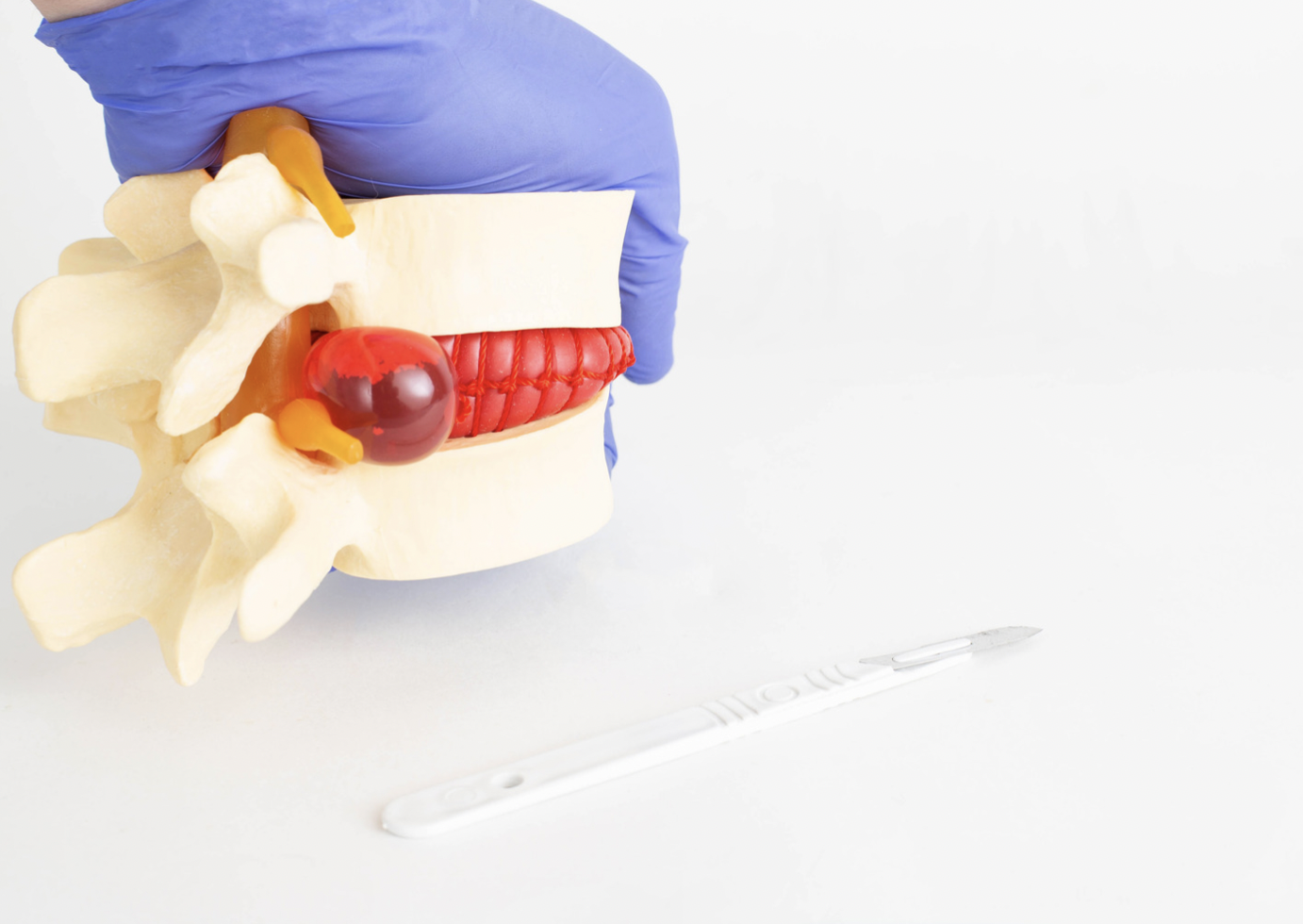Definition
Meralgia paresthetica, also known as Bernhardt-Roth syndrome, is a condition caused by the compression of the nerve located near the outer thigh's skin. This condition is characterized by tingling, numbness, and burning pain or discomfort in the outer thigh. The lateral femoral cutaneous nerve, which carries sensation signals to the thigh's skin down to the knee, is compressed, causing the symptoms mentioned above.
In most cases, meralgia paresthetica can be managed without specific medications, but surgery can be an option in severe cases.
Causes
The lateral femoral cutaneous nerve only affects sensation and does not cause movement issues in the thigh muscles. In most people, this nerve passes through the groin to the upper thigh without issues. However, in meralgia paresthetica, the nerve gets pinched, most commonly under the inguinal ligament (a connective tissue attached to the bone in the groin area), extending from the abdomen to the upper thigh.
Swelling, injury, or pressure in the groin and pelvic area can compress this nerve, usually due to:
- Wearing tight clothing such as belts, corsets, and tight pants.
- Obesity or weight gain.
- Using heavy tool belts at work.
- Pregnancy.
- Accumulation of fluid in the abdomen that increases abdominal pressure.
- Scar tissue from injury or surgery.
- Recent injury or trauma in the pelvic area.
- Repetitive leg movements.
- History of motor vehicle accidents or surgical procedures.
Risk factor
Several factors can increase the risk of meralgia paresthetica, including:
- Excess weight or obesity, increasing pressure on the nerve near the outer thigh's skin.
- Pregnancy, as an enlarged abdomen can increase pressure in the groin where the lateral femoral cutaneous nerve passes.
- Nerve injuries related to diabetes can cause meralgia paresthetica.
- Age 30-60 years is at risk for this condition.
- Having different lengths on each of the two legs.
- Medical conditions such as alcohol abuse disorders or hypothyroidism (when the thyroid gland does not produce enough hormones).
Symptoms
Meralgia paresthetica can cause symptoms on the outer thigh's skin, such as:
- Tingling and numbness.
- Burning pain.
- Decreased sensation.
- Increased sensitivity and pain when lightly touched, but not when pressure is applied.
These symptoms often appear on one side of the body and can worsen after walking or standing for long periods.
Diagnosis
In most cases, doctors can diagnose meralgia paresthetica based on symptom history and physical examination. Doctors may test the sensation in the affected thigh area, ask you to describe the pain, and have you trace the numb or painful areas. Additional tests may include muscle strength and reflex tests to rule out other possible diagnoses.
To rule out other possible diagnoses such as root nerve issues or thigh neuropathy, various tests can be conducted, such as:
- Imaging tests
X-rays may not show specific changes in this condition, but pelvic and groin X-rays can help doctors rule out other possible causes. Computed tomography scans (CT scans) or magnetic resonance imaging (MRI) may also be performed if doctors suspect the possibility of a tumor based on symptoms and examination results.
- Electromyography (EMG)
This test measures electrical activity in muscles to help evaluate and diagnose muscle and nerve disorders. A needle-like thin electrode is placed on the muscle to record electrical activity. The test results are normal in meralgia paresthetica, but this examination is necessary to exclude other disorders when the diagnosis is still unclear.
- Nerve Conduction Studies (NCS)
Electrodes are placed on the skin to stimulate the nerve with a mild electrical stimulus. This stimulus can help diagnose nerve damage. For comparison, the test will be conducted on both thighs. This examination may be the first step to ruling out other causes of these symptoms.
- Nerve Block
Meralgia paresthetica can be confirmed by the absence of pain after injecting an anesthetic into the thigh, where the nerve supplying the outer thigh's skin enters. Ultrasound can be used to assist with the injection process.
Management
Most cases of meralgia paresthetica improve with therapy aimed at reducing pressure on the nerve, such as:
- Wearing loose clothing.
- Losing weight (especially for overweight or obese individuals).
- Stretching exercises and muscle-strengthening workouts.
Physical exercise
The first line of treatment for meralgia paresthetica often includes exercises. Certain physical exercises can help stretch the muscles and tissues in the pelvis and thigh to prevent muscle and tissue compression on the outer thigh's nerve. Some of these exercises include:
- Standing Psoas Muscle Stretch
The psoas muscle is in the lower back, extending to the pelvis and the upper leg. This muscle helps flex the hip joint and lift the upper leg. The exercise can be done by standing, placing both hands on the lower back, and stretching the pelvis forward. Repeat this movement 10 times.
- Clamshell Exercise
This exercise aims to strengthen pelvic stabilization. Lie on your side (e.g., left side), place your knees at a 45-degree angle from your pelvis, and lift the thigh (e.g., right thigh) up and down. Repeat this movement 15 times, then switch sides.
- Lunges
Lunges can stretch and strengthen the major muscles in the legs, such as:
-
- Quadriceps in the front thigh.
- Hamstrings in the back thigh.
- Gluteus muscles in the buttocks.
Lunges also improve balance. To increase intensity, hold weights in both hands. Stand, step one leg (e.g., right) forward, lower the thigh until the knee forms a 90-degree angle with the ground, then lift it. Repeat 15 times, then switch sides. Perform this exercise 1-2 sets per day.
Exercising for 30 minutes at least 3-4 times per week can relieve pain from meralgia paresthetica. Other activities such as brisk walking, light-intensity aerobics, swimming, water aerobics, and cycling can also be beneficial.
Medications
If physical exercises and therapies do not alleviate the symptoms, doctors may recommend injecting steroids to reduce swelling around the nerve. Additionally, doctors may prescribe pain relievers to reduce the discomfort you are experiencing.
Surgical procedures
Surgery may be recommended, but this is rare. Surgery aims to relieve pressure on the nerve. However, surgery is usually only performed on individuals with severe or persistent pain. Unfortunately, surgery does not always guarantee pain relief.
Complications
If untreated, meralgia paresthetica can cause pain, numbness, and a burning sensation, which can interfere with daily activities like walking.
Prevention
Meralgia paresthetica cannot be entirely prevented, but you can avoid risk factors by:
- Maintaining an ideal body weight.
- Wearing loose clothing.
- Avoiding the use of belts or tool belts.
When to see a doctor?
You should see a doctor if you experience symptoms of meralgia paresthetica such as tingling, numbness, burning, decreased sensation, and pain when touched. These symptoms can indicate more severe conditions than meralgia paresthetica, so the doctor will conduct further examinations to confirm the diagnosis.
Looking for more information about other diseases? Click here!
- dr. Yuliana Inosensia
Meralgia paresthetica - Symptoms and causes. Mayo Clinic. (2022). Retrieved 29 September 2022, from https://www.mayoclinic.org/diseases-conditions/meralgia-paresthetica/symptoms-causes/syc-20355635.
Meralgia Paresthetica. Hopkinsmedicine.org. (2022). Retrieved 29 September 2022, from https://www.hopkinsmedicine.org/health/conditions-and-diseases/meralgia-paresthetica.
Meralgia paresthetica: Exercises for pain relief and mobility. Medicalnewstoday.com. (2020). Retrieved 29 September 2022, from https://www.medicalnewstoday.com/articles/meralgia-paresthetica-exercises.
Meralgia Paresthetica: Treatment, Diagnosis, Symptoms & Causes. Cleveland Clinic. (2018). Retrieved 29 September 2022, from https://my.clevelandclinic.org/health/diseases/17959-meralgia-paresthetica.












